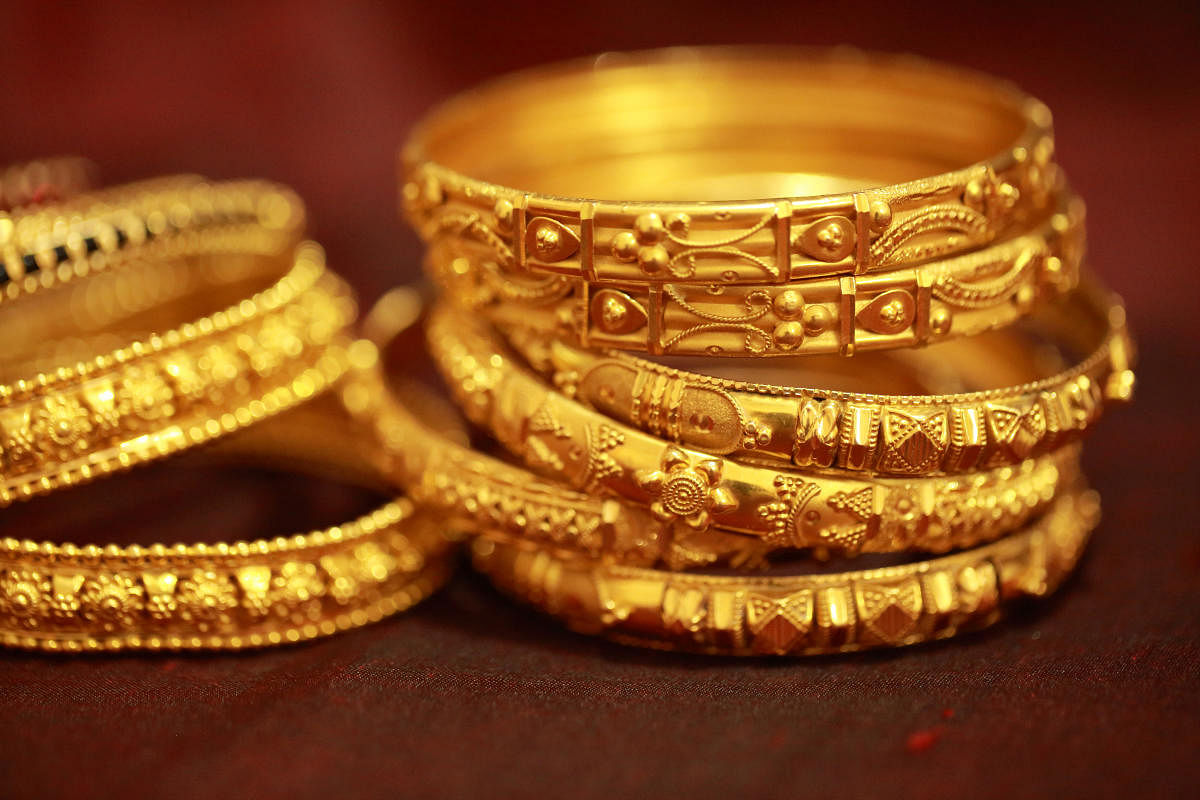
The Centre’s ambitious plan to mobilise an estimated 22,000 tonnes of gold lying idle with households appears to have fallen flat with its own statistics showing that the collection has nearly halved to merely 6,500 kg in 2017-2018 from close to 11,500 kg in 2016-2017.
The sovereign gold bond scheme (SGB) was launched by Prime Minister Narendra Modi in 2015. Since then, the authorities have barely collected 23 tonnes of gold.
The government has issued SGBs worth Rs 6,661.42 crore for 22.88 tonnes till March 2018, the latest report released on the Centre’s debt management, said.
Now, the government’s policy think tank Niti Aayog has suggested that the scheme be made more attractive.
SGB is a government security denominated in grams of gold. The idea behind its launch was to migrate investment from physical gold to paper gold. One of the key objectives was to reduce the pressure on Current Account Deficit (CAD) and the rupee, arising partly from heavy imports of gold and consequent foreign exchange outflow.
The product was targeted at retail investors who generally prefer to invest their savings in physical gold.
However, SGB, which comes with a five-year lock-in period, has since not been able to replace physical gold buying. The overall maturity of the scheme is eight years and one has to pay capital tax on redeeming it before maturity. The scheme offers no liquidity to its buyer.
A panel of Niti Aayog had back in August suggested replacing GBS with gold saving accounts. The recommendations never saw the light of the day. The Aayog subsequently made fresh recommendations to at least reduce the lock-in period of the scheme.But the government appears to be caught in a bind over gold policy with its first Chief Economic Advisor Arvind Subramanian, most of whose policy suggestions have been implemented in toto by the Centre, vociferously proposing a high GST of up to 12% on the yellow metal and the Niti Aayog calling for just the opposite.
India has a 10% import duty on gold as of now. The duty was increased from a low of 2% to 10% in 2013 to curb gold imports which had left India’s CAD at a historic high of nearly 5% that year.Thereafter, the duty was never reduced but nor did the imports of the yellow metal. India imported a whopping 727 tonnes of gold in 2017 and the estimate for 2018, according to the World Gold Council, is 800 tonnes.
The Niti Ayog says that it is the high gold import duty which is giving rise to gold smuggling and flooding Indian markets through back channels. Subramanian advocated around 85-90% gold was consumed by the top 10% of India’s population and made a case for an increase in import duty.
